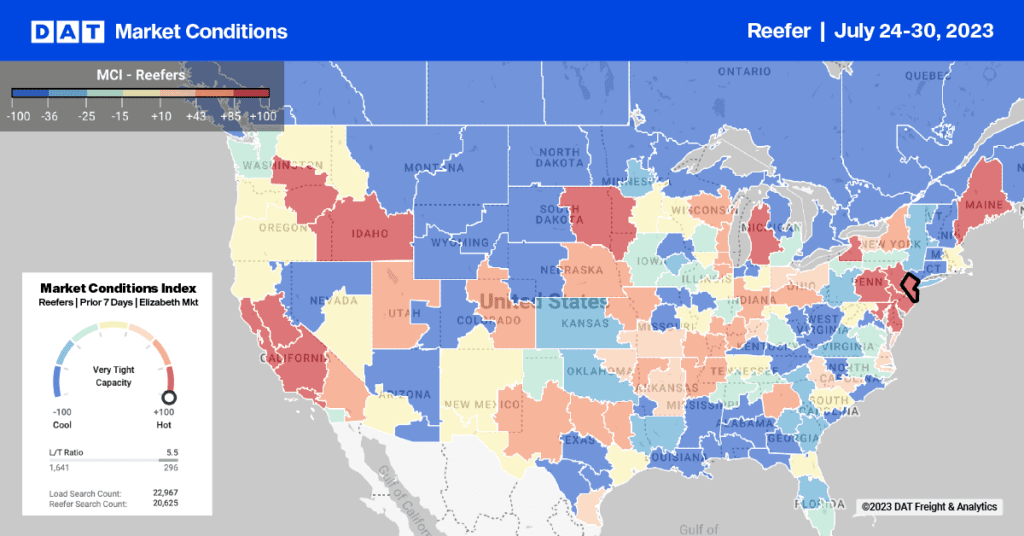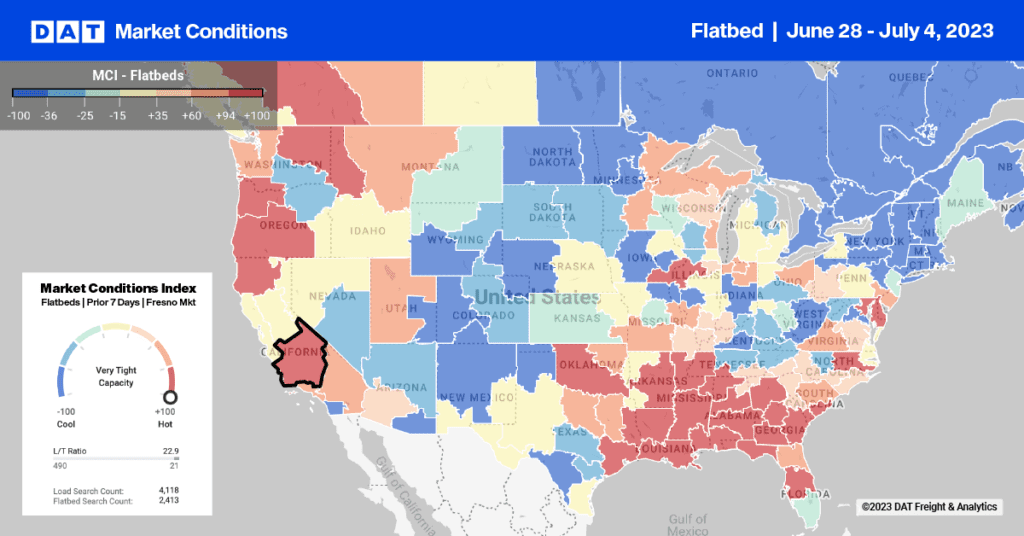Are capacity constraints keeping you from achieving your growth potential? Focus on excellence in carrier relations, and carriers will call you first when they have trucks available. Here are a few pointers from other brokers and from TransCore’s product management team:
1. Help carriers to optimize routes.
Load the truck back-to-back, as often as you can. If the carrier is looking to fill a backhaul, try to find him two loads that get the truck home in a triangular route or “tri-haul.” For every tri-haul, you’ll move twice the freight without sourcing an additional truck. The carrier can make anywhere from 25% to 85% more on a tri-haul move than on a straight backhaul.
2. Advocate for your carriers.
Urge your shipper customers to compensate carriers for driver detention and layovers. If the driver’s load, unload and wait times exceed a certain threshold, and the shipper won’t pay – or the consignee won’t verify the driver’s time sheet – consider reimbursing the carrier yourself. Balance the impact on margins with your ability to move more freight due to carrier’s increased loyalty.
3. Use your TMS and load boards strategically.
If you have a TMS, look for all the carriers who are hauling for you right now, and see if any of them will have a truck in position for your next load. Next, look at carriers who called into any of your brokers or agents, to report an available truck. (If your TMS doesn’t have this capability, we’d be happy to give you a demo of Keypoint.) Still no luck? Check your load board, and post the load if you haven’t done it already. This should be instantaneous. We can integrate our industry-leading DAT® load board right into your TMS, so you never have to switch programs. To attract attention, add a rate bid to your load post.
4. Understand rapidly changing rates.
Freight is plentiful, capacity is tight, costs are up – and rates are changing daily. Even if you have a long and well documented history in your lanes, you can get caught off-guard. Suddenly, a carrier you’ve used before won’t accept your freight. Why? The rate is too low. The carrier can go elsewhere for freight, but you may not be able to find another truck so easily. The remedy: Know your rates, and the market conditions that drive them. We recommend our Truckload Rate Index for on-the-spot benchmarking, based on actual rate spot market rate agreements between brokers and carriers. Separately, we also provide shipper contract rates, based on actual freight bills.
5. Protect yourself and your customer.
Control costs and reduce risk by establishing an efficient, thorough due diligence process for validating carriers – then set up a “preferred partner” program to reward and retain the best qualified carriers. While you’re negotiating with the carrier, conduct a thorough background check to protect yourself and your customer from cargo theft, hijacking, double-brokering, fraud and liability. CarrierWatch® can satisfy all those due diligence requirements, and deliver an automatic alert any time one of your favorite carriers has a change in authority, insurance or safety. CarrierWatch gives you 24/7 online access to full details of carriers’ insurance policy, together with an official, electronic copy of the insurance certificate. With enhanced fraud protection, CarrierWatch enables you to confirm that you are dealing with a legitimate company and not an identity thief.


